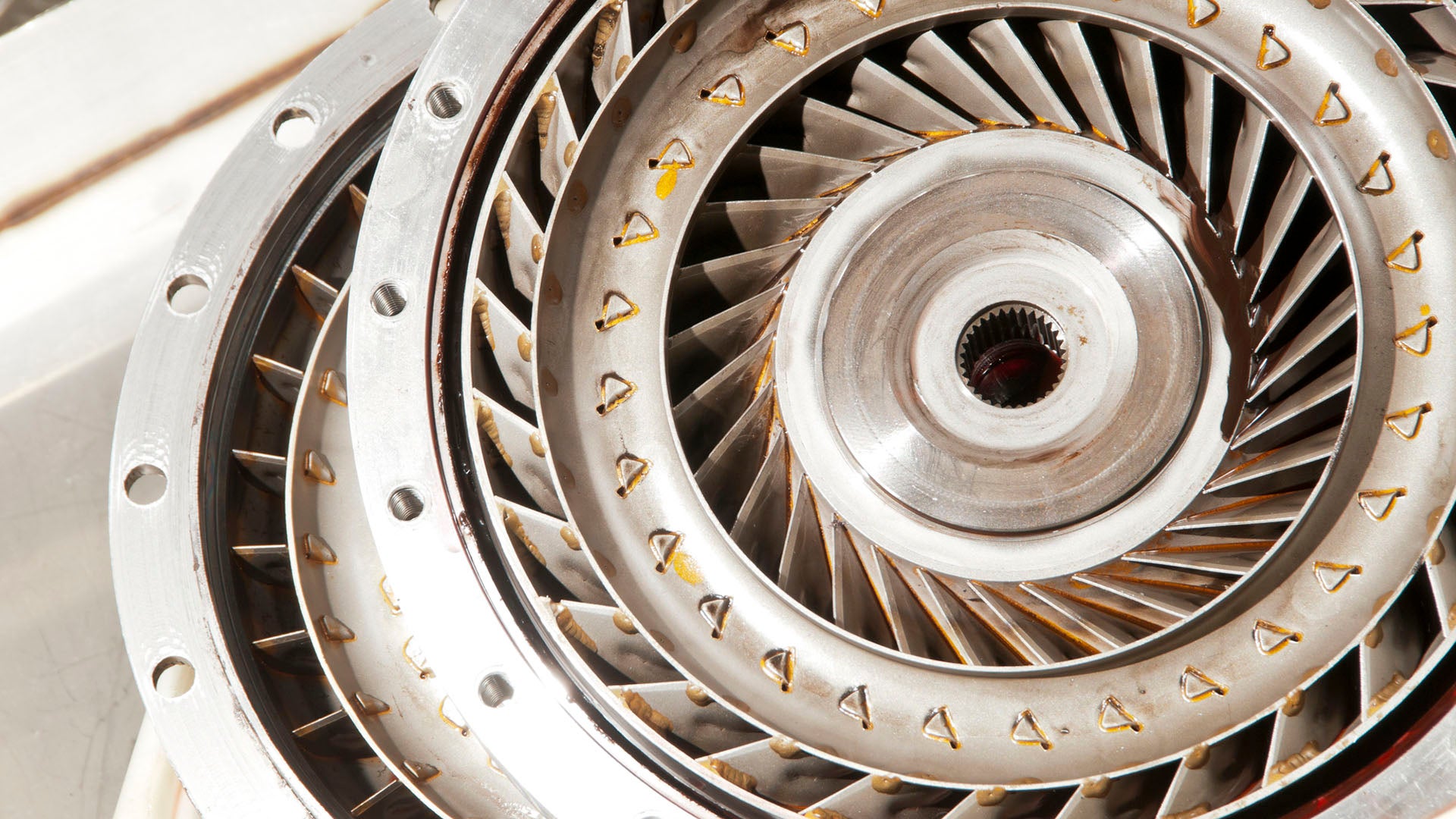The term “torque-converter” is well used by auto enthusiasts. In the realm of automotive engineering, torque converters play an important position, particularly within automated transmission systems. They are mechanical marvels that ensure an efficient operation of your vehicle they facilitate power transmission and enhance your driving experience. This guide will unravel the inside workings of torque converters in order to clarify their fundamental importance in the automotive industry.
Knowing the Torque Converter
The Essence of Power Transmission: In essence, it is a kind of fluid coupling specifically designed for automatic transmissions. Its primary function is to transfer the power produced by an engine into the transmission. The transmission is then driven by the wheels. This mechanism is integrated into the automatic transmission it is able to bridge the gap between engine’s power and wheel’s motion.

Components in Play: The torque convertor is an assembly that consists of three parts comprised of the impeller (or turbine) as well as the stator and the stator. They work in tandem to enable the conversion of power and torque.
Deconstructing the Mechanism
The mechanism behind the workings of a torque converter are fascinating. It requires intricate interactions that produce effective transmission power.
The engine kicks off the process when it starts by spinning the impeller. The impeller, like a fan shifts the transmission fluid inside the converter. As the impeller turns it produces fluid that hits the blades of the turbine.
Turbine Response: A turbine connected to the shaft that is used for input of the transmission gets activated when fluid hits the impeller. This causes the turbine to enter motion, which causes it to spin in a manner proportional to the impeller’s movement. The turbine produces power by making use of energy kinetic.
The Stator as a Tool to Increase Efficiency
The stator is one of the principal components in the process of making a torque converter. The stator is positioned between the impellers and turbines and plays an important role in increasing the efficiency of power transmission.
Fluid Redirecting Mechanism – The stator performs by redirecting the flow of fluid between turbines and impellers. This is crucial for maximizing torque and making sure that there is a smooth power transfer. By directing the flow of fluid, the stator contributes to an efficient and balanced operation. For more information, click what is a torque converter
The importance of Torque Converters in driving
The torque converter is an crucial element of your driving experience.
1 Smooth Transitions – The structure and mechanics of the construction of a torque converter are responsible for smooth transitions between gears of automatic transmissions. Fluid coupling torque converters do not require manual clutch engagement. This allows seamless shifting of gears with no interruption to the power flow.
2. Idling and Stalling Prevention Torque Converters play a crucial function in preventing stalling problems and engine idle. The fluid coupling can let for the engine to run when the vehicle is stopped. This allows for a steady idle, and it makes it unnecessary to engage the clutch manually when the vehicle is stopped.
3. The torque converter helps to ensure efficient power distribution through optimizing efficiency of the power transfer and the torque output. This enhances your driving experience since it provides the necessary power for acceleration and cruise control.
In sum the torque converters are complex mechanical elements that make up the core of automated transmission systems. The fluid coupling mechanism, created by turbines, impellers and stators, guarantees an efficient transfer of power between the engine and the transmission and then on to wheels. This transmission is highly efficient and helps smoother gear changes, preventing slowing down or idling, as well as improving the overall efficiency of the driving.
For engineers and car enthusiasts alike, knowing the function of torque converters is vital. These devices are the result of the marriage of engineering and fluid dynamics and ensure that every driving experience is smooth and efficient. The torque converter is an essential component of automobile technology even as it continues to improve. It is a testament to how mechanics and functionality interact.